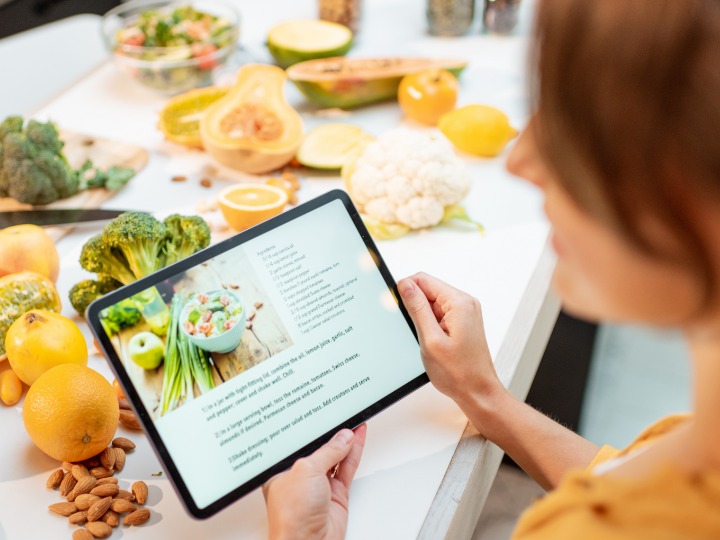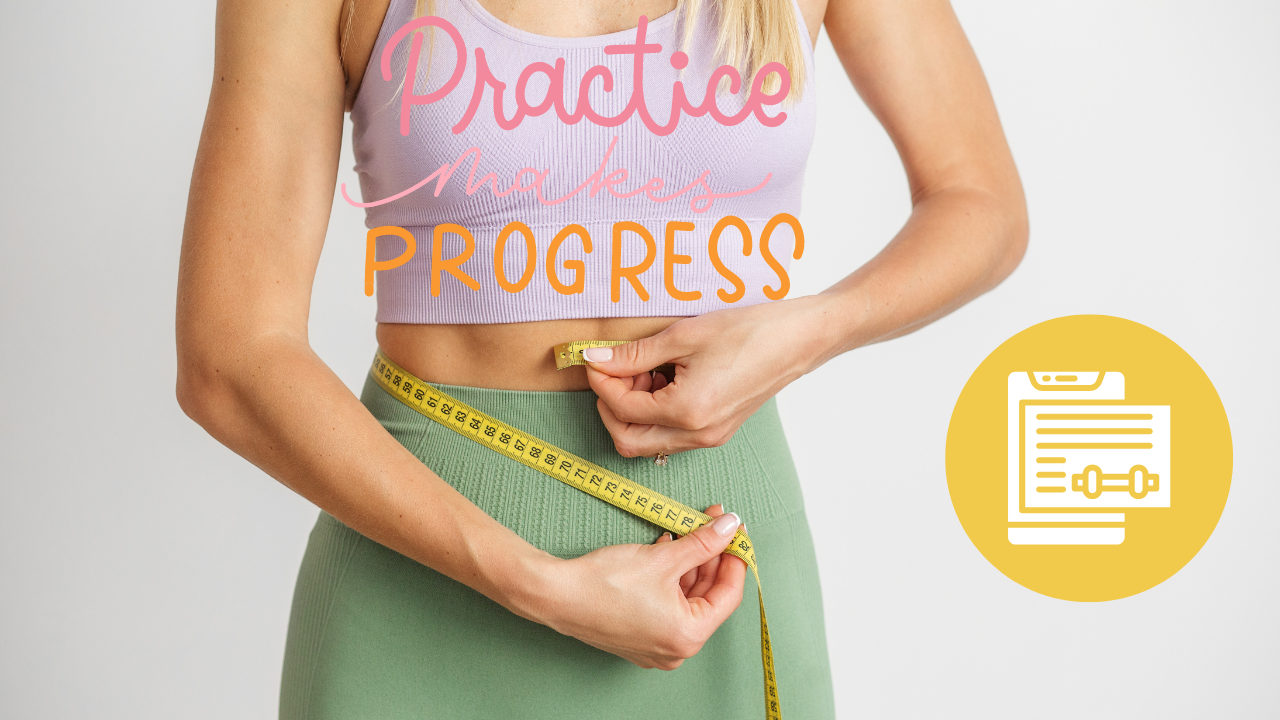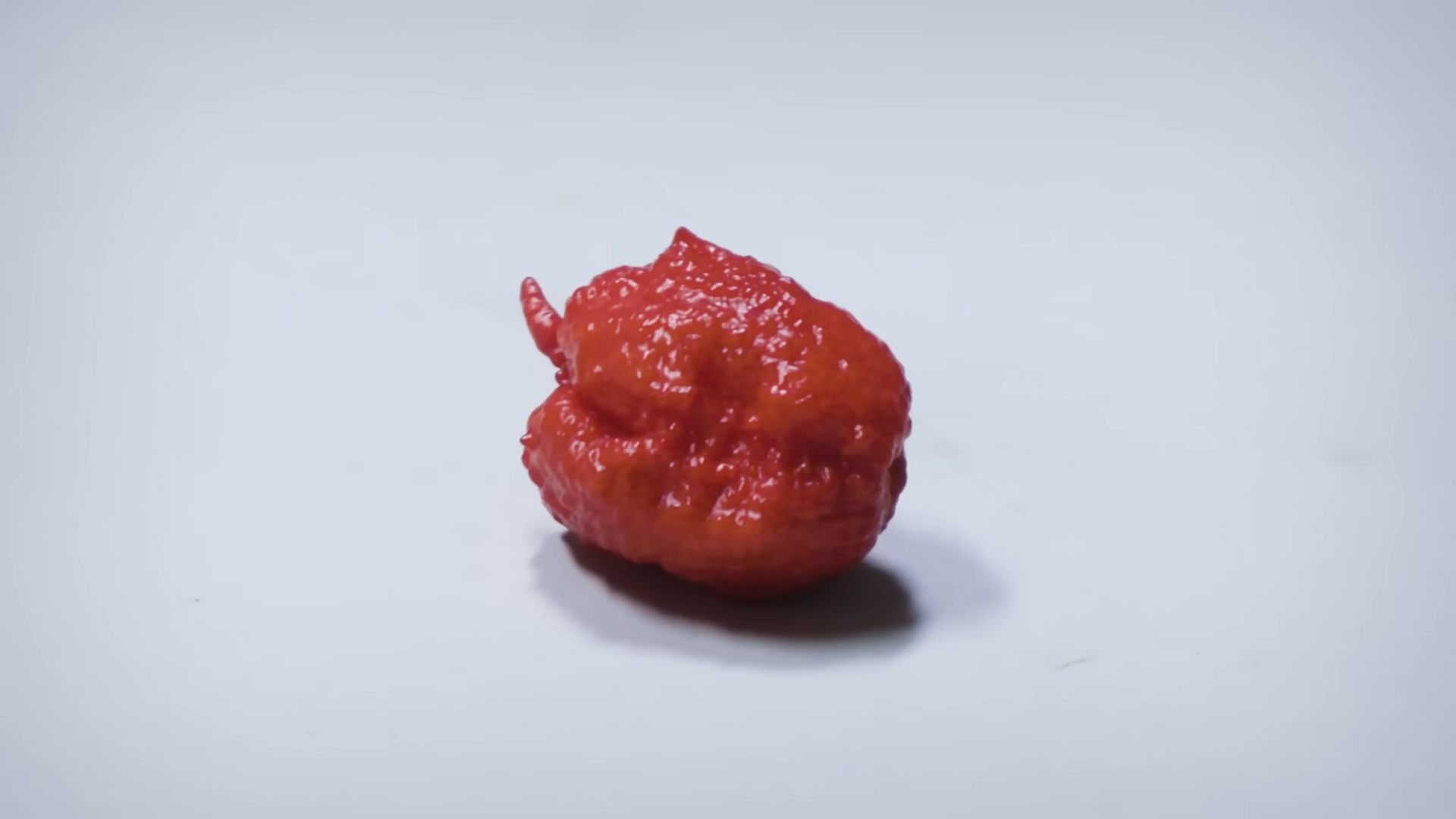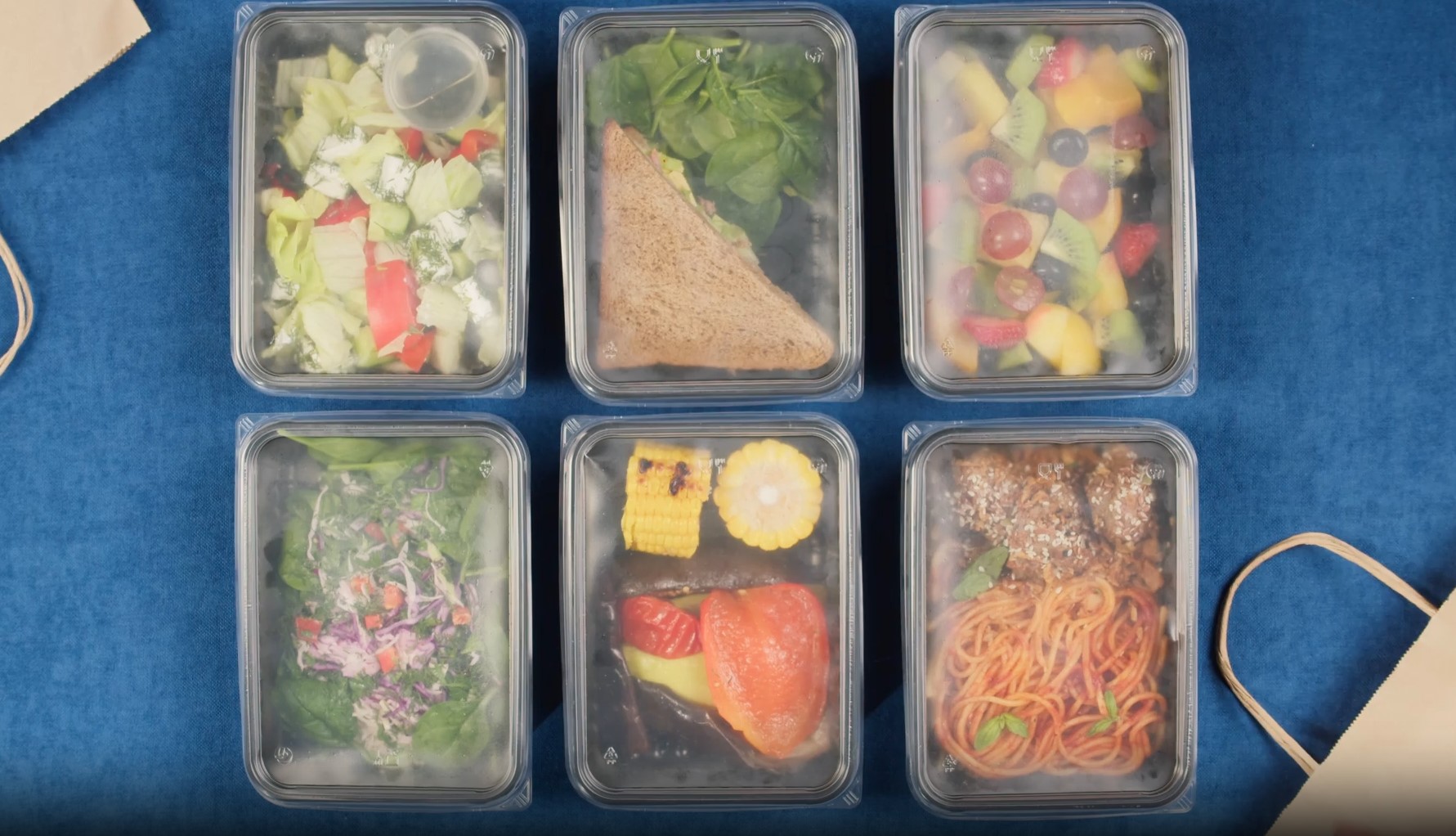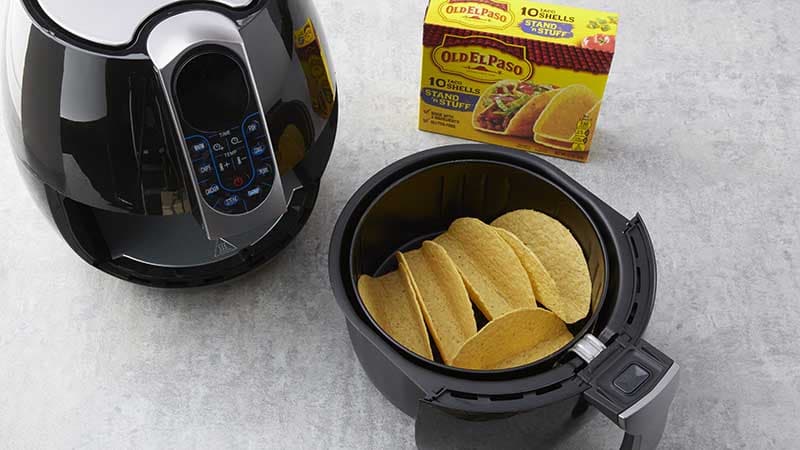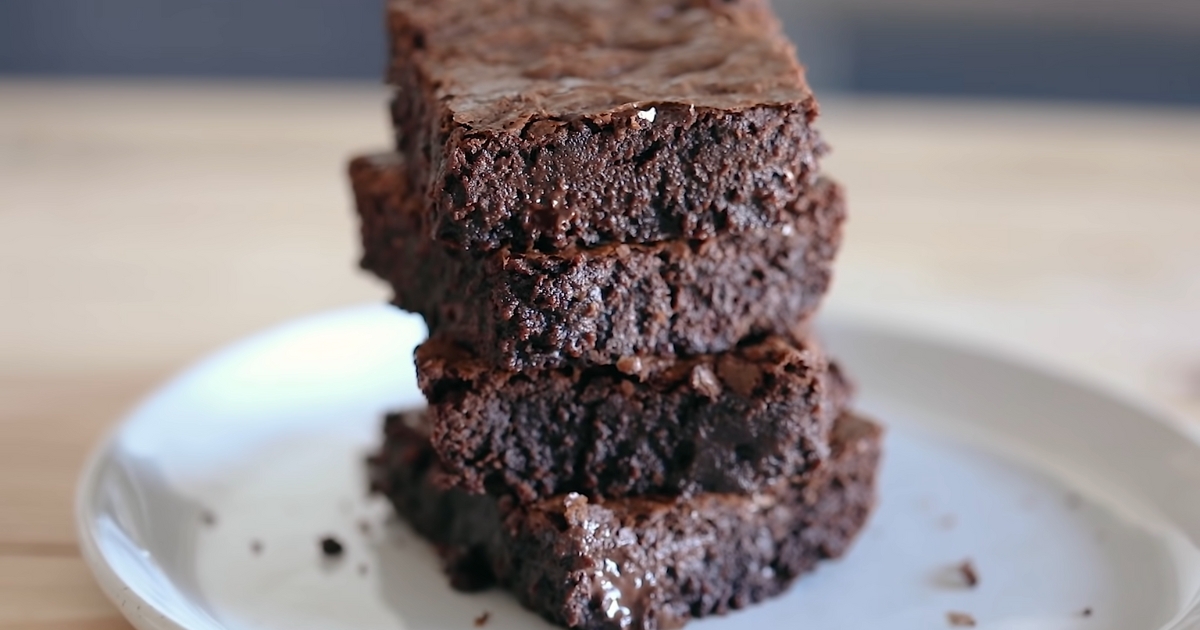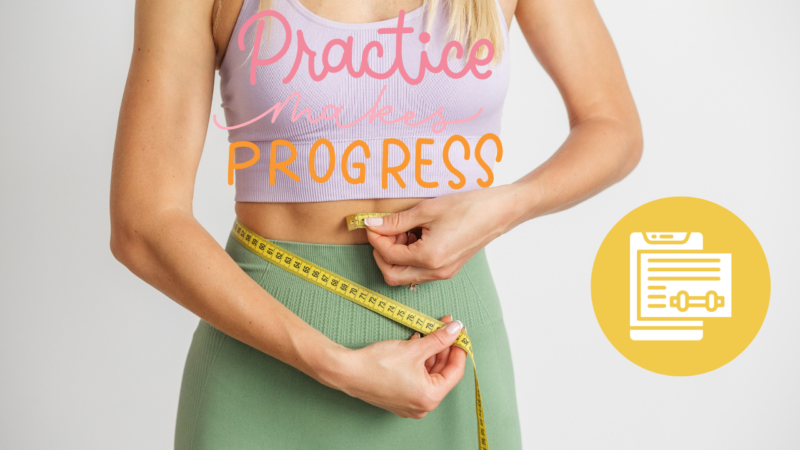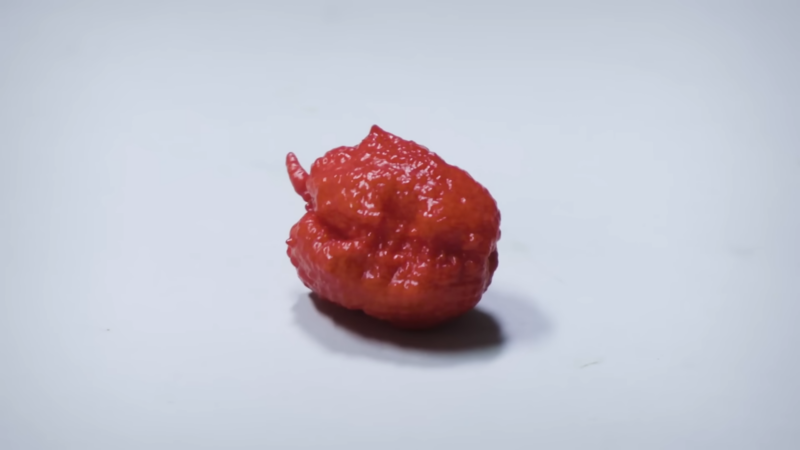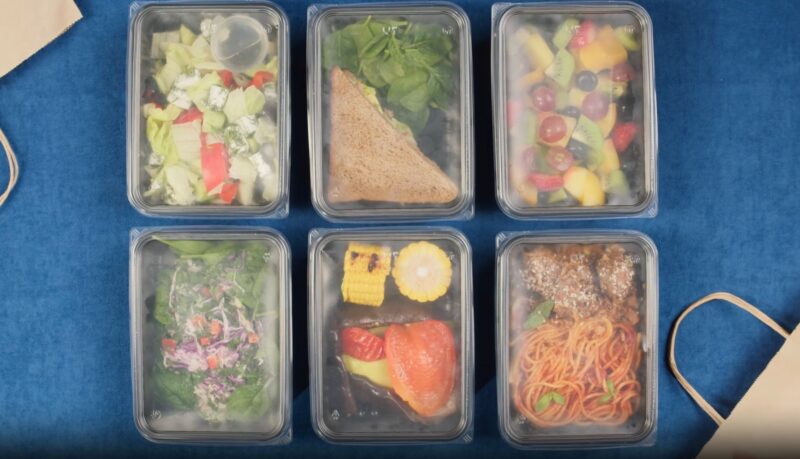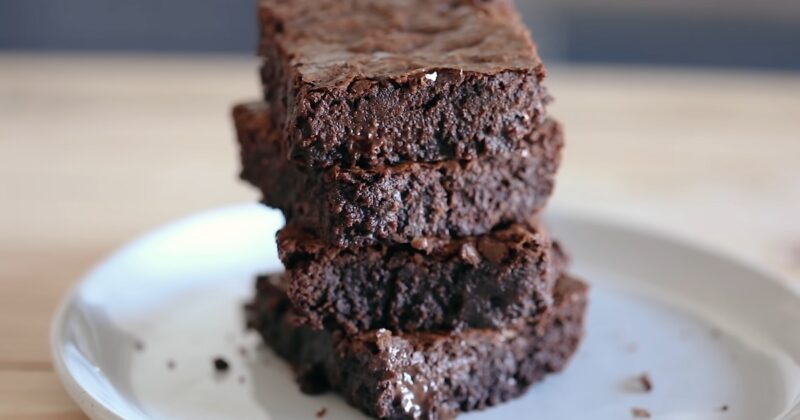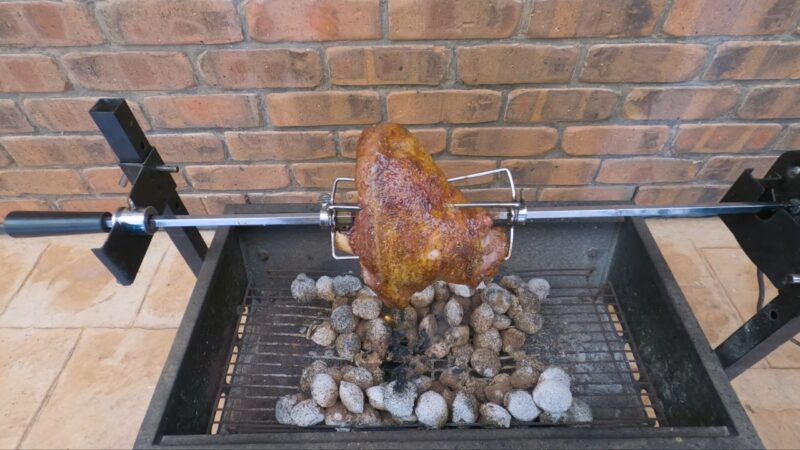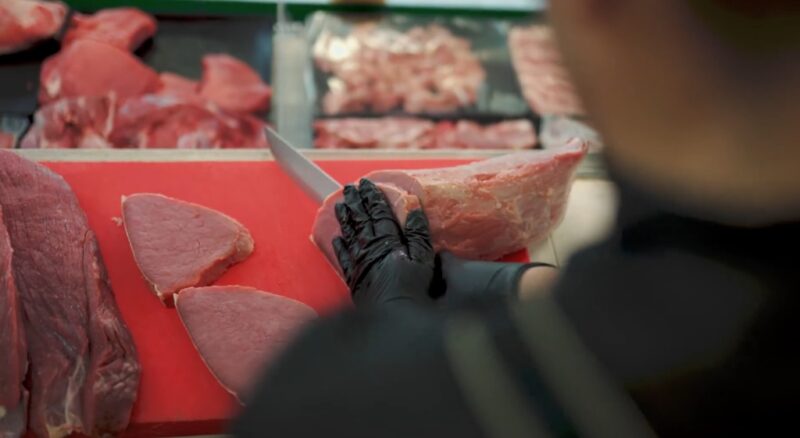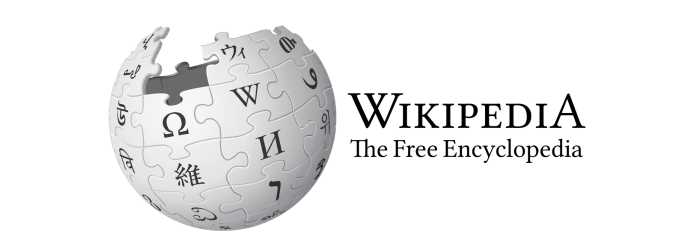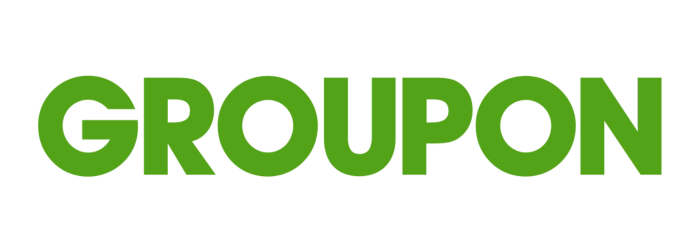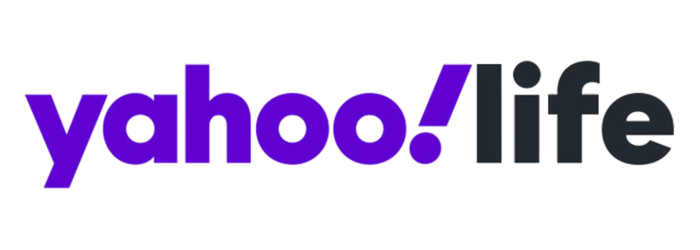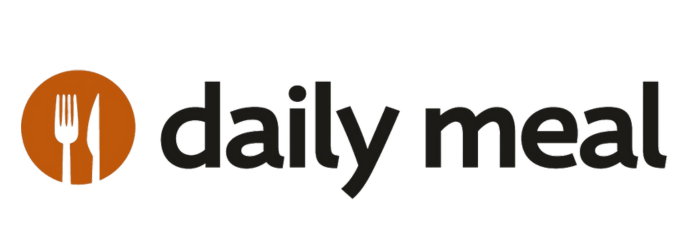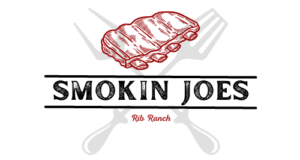
Connecting a gas grill directly to your house’s propane line might initially seem daunting, but the advantages are too significant to ignore. Imagine hosting a barbecue without the looming threat of running out of gas or the constant chore of replacing and refilling tanks.
I’ve made the switch myself, and the convenience has been a game-changer for my sessions.
But, like any task involving gas and equipment, it’s essential to approach it with the right knowledge and a touch of caution. If you’re feeling a bit apprehensive about the process or just unsure of where to begin.
I’ll break down each step, peppered with tips and precautions, to ensure a smooth and safe connection.
Table of Contents
ToggleBenefits of Connecting to Your House Propane Line
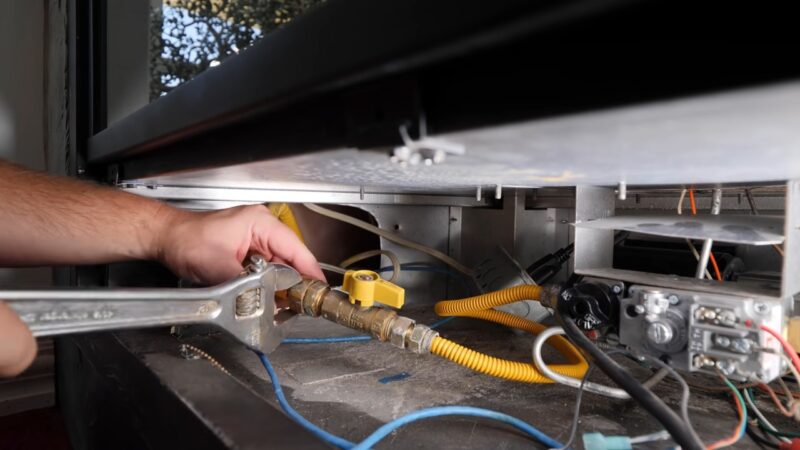
Connecting your gas grill to your home’s propane line offers numerous advantages:
- Convenience: You’ll no longer need to deal with heavy tanks or frequent trips to the store for a refill.
- Cost savings: Using your home’s propane line is often more cost-effective than constantly purchasing and exchanging tanks.
- Uninterrupted fuel supply: You’ll never run out of propane during a grilling session or have to worry about replacing an empty tank.
- Environmentally friendly: Connecting to your home line reduces the number of disposable tanks that end up in landfills.
Necessary Tools and Equipment
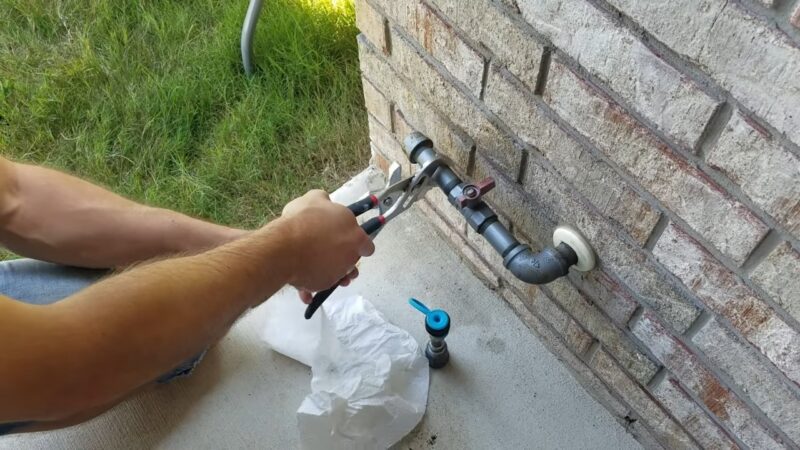
Before you start connecting your gas grill, gather the following tools and equipment:
- Pipe wrench
- Adjustable wrench
- Pipe thread sealant
- Propane gas line shutoff valve
- Propane gas quick-connect fitting
- Gas grill conversion kit
Assessing Your Propane Line
Before connecting your gas grill, inspect your propane line to ensure it’s safe and suitable for the task:
- Check the propane line’s pressure. The device requires a specific pressure range for optimal performance, usually between 11 and 14 inches of water column (wc). Consult your grill’s owner’s manual for the correct pressure range.
- Ensure there’s a shutoff valve on the line. If there isn’t one, you’ll need to install one to control the flow.
Preparing It for Connection
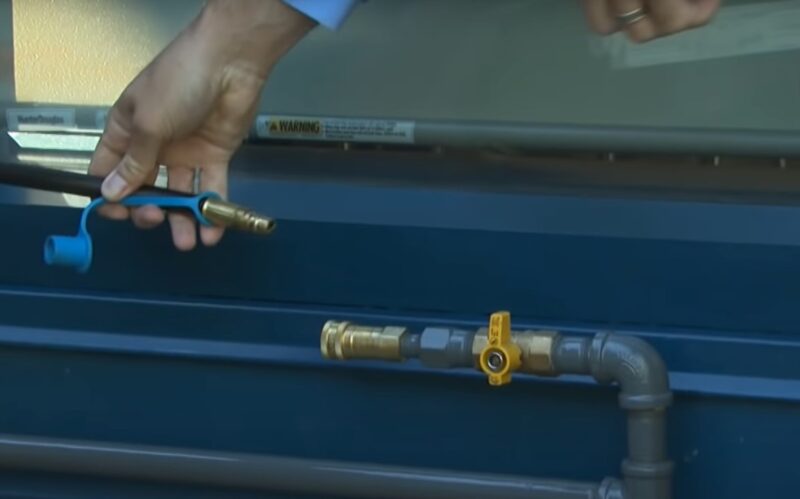
Before connecting your gas grill to your home propane line, take the following steps:
- Ensure your grill is designed for propane use. If not, you’ll need to purchase and install a conversion kit compatible. Follow the manufacturer’s instructions for proper installation.
- Turn off and close the tank valve if you’re currently using a portable tank.
- Disconnect the portable tank and regulator. The regulator is typically attached to the hose and the tank valve.
Connecting the Propane Line
Follow these steps to connect your gas grill to your house propane line:
- Apply gas-rated Teflon tape or pipe joint compound to the threads of the propane line shutoff valve. This will ensure a tight, leak-free connection.
- Attach the quick-connect fitting to the propane line shutoff valve using an adjustable wrench. Ensure the fitting is compatible with both grill and propane line.
- Connect the grill’s hose to the quick-connect fitting. Depending on the fitting type, you may need to pull back the collar or sleeve to insert the hose fully. Release the collar or sleeve to lock the connection in place.
- Ensure all connections are tight and secure.
Testing Your Connection
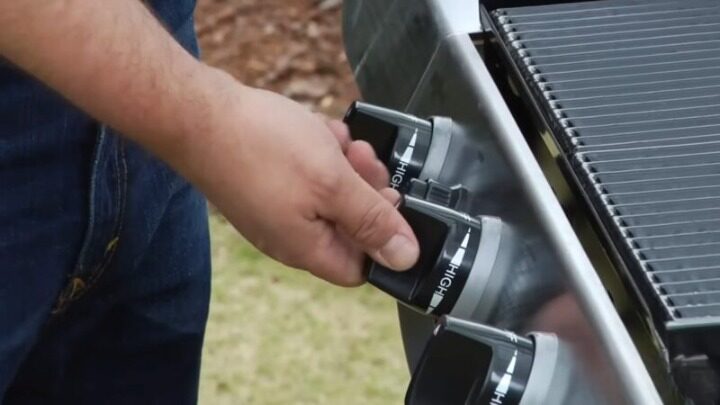
Before firing up your grill, it’s essential to check for any gas leaks:
- Turn off all the burners on your gas grill.
- Open the propane line shutoff valve to allows it to flow .
- Mix a solution of water and a few drops of dish soap in a spray bottle.
- Spray the solution onto all connections, including the quick-connect fitting, hose, and connection point.
- Observe the connections for any bubbles forming. Bubbles indicate a gas leak.
- If you find a leak, turn off the line shutoff valve immediately, tighten the connection, and retest. If the leak persists, consult a professional technician.
Safety Tips and Precautions
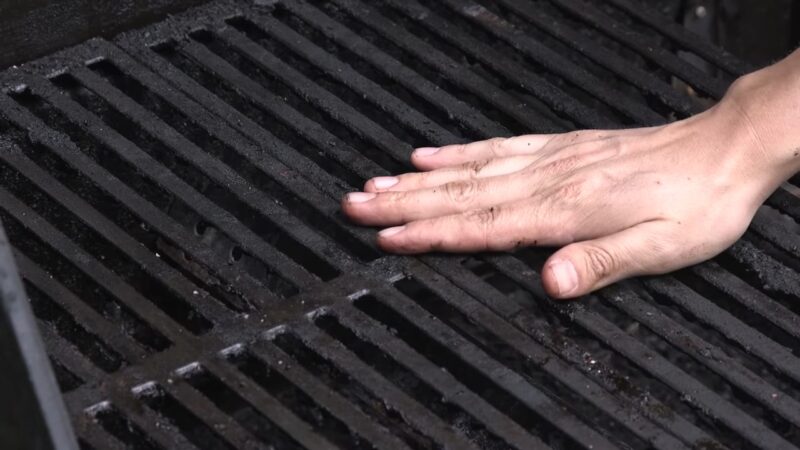
To ensure a safe and enjoyable grilling experience, follow these safety tips and precautions:
- Never attempt to connect or disconnect the grill while it’s in operation.
- Perform regular leak tests on the connections and propane line.
- Keep it at safe distance from your home and any flammable materials.
- Regularly clean and maintain your grill to prevent grease fires and ensure optimal performance.
- Always store propane tanks and equipment according to the manufacturer’s guidelines.
- If you smell gas or suspect a leak, turn off your grill and propane line immediately, and contact a professional technician.
Frequently Asked Questions
Can I connect my natural gas grill to my home propane line?
Natural gas and propane grills are not interchangeable without a conversion kit. If you want to connect a natural gas grill to a propane line, you’ll need to purchase and install a conversion kit compatible with your model.
How often should I check for gas leaks?
It’s recommended to check for gas leaks at the start of each grilling season and after any changes to your gas grill or propane line connections.
Can I connect my gas grill to my home propane line by myself, or do I need a professional?
While this guide provides step-by-step instructions for connecting your gas grill to your propane line, it’s essential to remember that working with propane can be dangerous if not handled correctly. If you’re uncomfortable or unsure about any of the steps, consult a professional technician for assistance.
Do I need special equipment to make the connection?
Usually, you’ll need a gas-rated T-valve and a compatible hose or connector, but the requirements might vary based on your grill and home setup.
Can any plumber or technician do this job, or do I need a specialist?
While many plumbers might be familiar with the process, it’s best to hire a technician or professional who specializes in gas line installations or connections.
Summary
The procedure of systematically integrating a gas grill to a residential propane infrastructure represents an epitome of progression for connoisseurs dedicated to the culinary discipline of grilling.
This advancement obviates the exigencies associated with unforeseen fuel shortages and the oftentimes onerous task of tank replenishments.
Equipped with the comprehensive knowledge and meticulous instructions delineated in this treatise, one is adeptly prepared to approach this sophisticated endeavor with unwavering assurance and exactitude.
It is of utmost salience to reiterate the overarching imperative of safety in every juncture of this undertaking.
Related Posts:
- How to Clean a Flat Top Grill - Step-By-Step Guide
- How to Cook Beef Ribs in the Oven - A Step-By-Step Guide
- How To Make A Propane Jet Burner - The Ultimate DIY Solution
- 10 Best 2 Burner Gas Grill 2023 - Cook Your Way
- How to Fix Hole in Bottom of Gas Grill? Easy 5 Steps…
- What Is the Chain for on a Gas Grill? - The Function…

